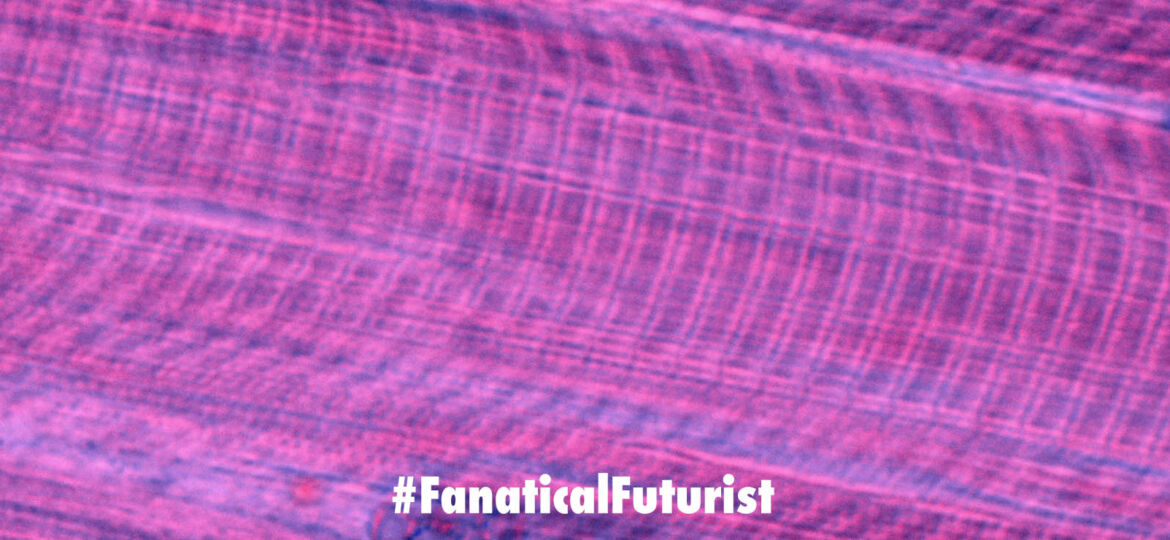
WHY THIS MATTERS IN BRIEF
What if you could turn one cell into another to repair muscle or tissue damage? That’s what this tech does.
 Love the Exponential Future? Join our XPotential Community, future proof yourself with courses from XPotential University, read about exponential tech and trends, connect, watch a keynote, or browse my blog.
Love the Exponential Future? Join our XPotential Community, future proof yourself with courses from XPotential University, read about exponential tech and trends, connect, watch a keynote, or browse my blog.
The ability to re-program human tissue on demand and change it from one type of tissue into another, known as tissue nanotransfection has many interesting healthcare applications – especially in cases where patients own tissues, for whatever reason, have suffered damage or atrophied. And now, after a variety of successful experiments in the space technology developed by researchers at the Indiana University School of Medicine that can change skin tissue into blood vessels and nerve cells has shown promising as a treatment for traumatic muscle loss.
Tissue Nanotransfection is the use of a minimally invasive nanochip device that can reprogram a patients tissue function by applying a harmless electric spark to deliver specific genes to the damaged tissue in a fraction of a second.
In a new study published in Nature Partner Journals Regenerative Medicine the researchers tested tissue nanotransfection-based gene therapy as a treatment with the goal of delivering a gene known to be a major driver of muscle repair and regeneration. They found that muscle function improved when the technology was used as a therapy for seven days following volumetric muscle loss in rats.
It was the first study to report that tissue nanotransfection technology can be used to generate muscle tissue and demonstrates its benefit in addressing volumetric muscle loss.
Volumetric muscle loss is the traumatic or surgical loss of skeletal muscle that results in compromised muscle strength and mobility. Incapable of regenerating the amount of lost tissue, the affected muscle undergoes substantial loss of function, thus compromising quality of life. A 20 percent loss in mass can result in an up to 90 percent loss in muscle function.
Current clinical treatments for volumetric muscle loss include physical therapy or autologous tissue transfer – using a person’s own tissue – the outcomes of which are promising but dangerous and in need of improvement.
“We are encouraged that tissue nanotransfection is emerging as a versatile platform technology for gene delivery, gene editing, and in vivo tissue reprogramming. This work proves the potential of tissue nanotransfection in muscle tissue, opening up a new avenue of investigational pursuit that should help in addressing traumatic muscle loss. Importantly, it demonstrates the versatility of technology in regenerative medicine,” said Chanden Sen, the director in charge of the project.
Sen also leads the regenerative medicine and engineering scientific pillar of the IU Precision Health Initiative and is lead author on the new publication.
The Indiana Center for Regenerative Medicine and Engineering is home to the tissue nanotransfection technology for in vivo tissue reprogramming, gene delivery and gene editing. So far, tissue nanotransfection has also been achieved in blood vessel and nerve tissue. In addition, recent work has shown that topical tissue nanotransfection can achieve cell-specific gene editing of skin wound tissue to improve wound closure.
















